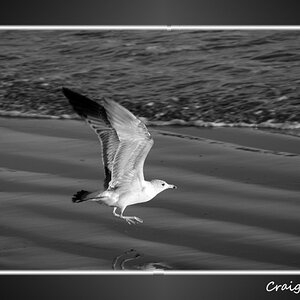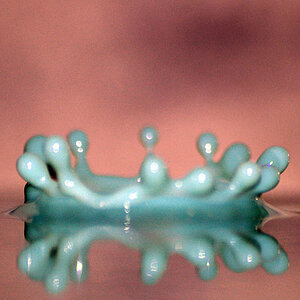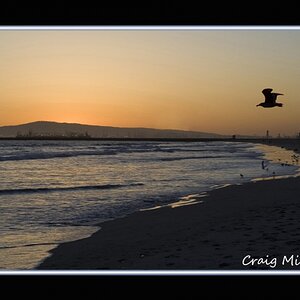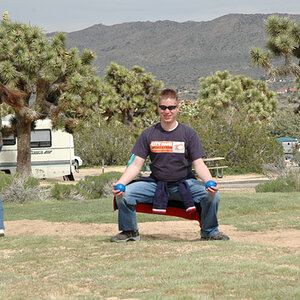SabrinaO
TPF Noob!
- Joined
- Sep 26, 2010
- Messages
- 1,315
- Reaction score
- 75
- Can others edit my Photos
- Photos OK to edit
A lot of people say that since I have a Mac that I don't need to have my monitor calibrated. Others post a jpeg of a grey bar and if I can see the color seperations on it I dont need to be calibrated.
Those of you that do photography professionally and have a business and sell prints... Do I really NEED to calibrate my monitor?
Those of you that do photography professionally and have a business and sell prints... Do I really NEED to calibrate my monitor?













![[No title]](/data/xfmg/thumbnail/42/42461-e2a94a39b9483a804af86010fc52244b.jpg?1619740192)
![[No title]](/data/xfmg/thumbnail/35/35877-b537a0bce18fcb18b610d787610f3d3d.jpg?1619737203)